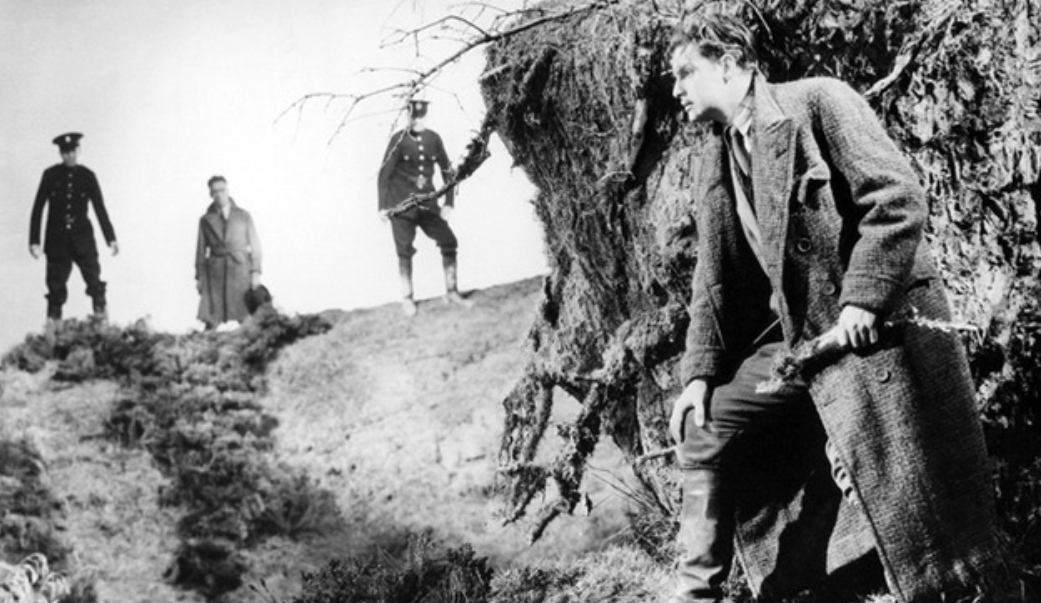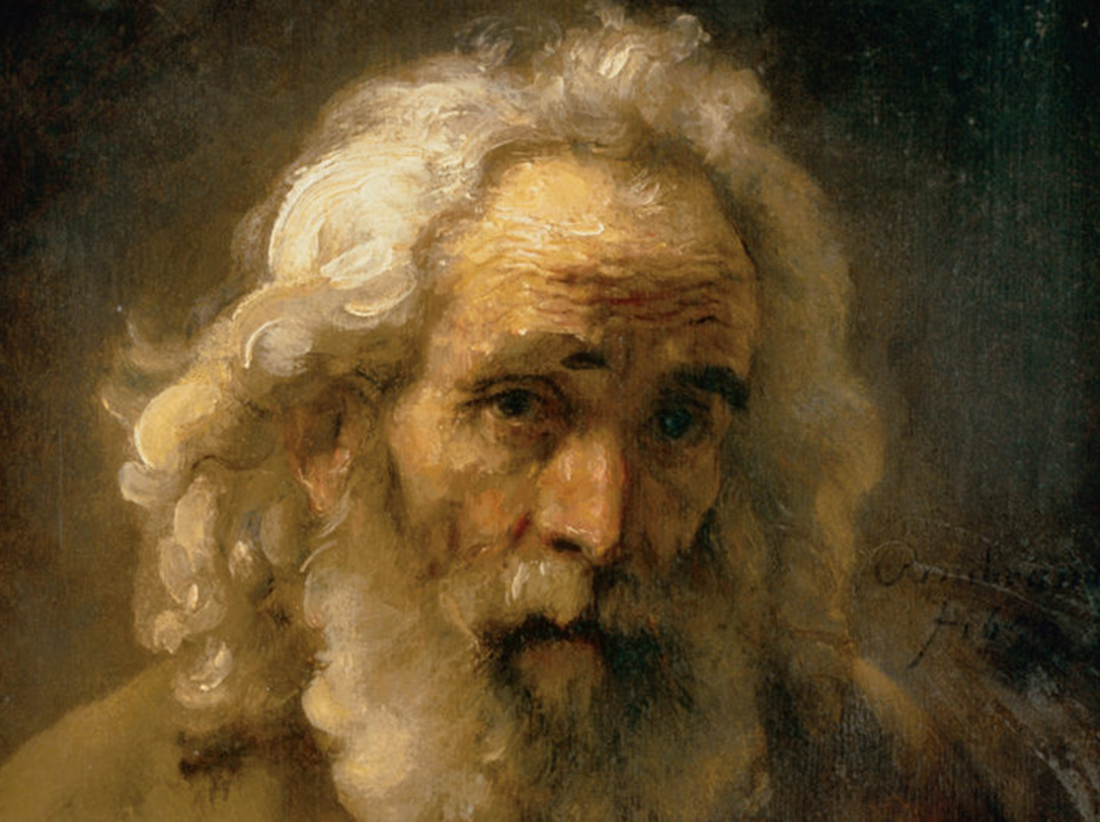The Sydney Success Story
Hidden in Plain View: The Aboriginal People of Coastal Sydney
by Paul Irish
NewSouth, 2017, 240 pages, $34.99
____________________________________________
One conclusion from reading this good, concise history of the Aboriginal people of the Sydney coastal region is that white settlement from 1788 was a great success. Archaeologist and historian Paul Irish shows descendants of the local Aborigines still living there and remembering some of their family history and old culture. “They did not go away,” he says.
Nor were they “forced off”, other than by land development. This is a false charge ignorant commentators on white settlement often make about Aborigines in many other contexts too. There was certainly calamitous tragedy, though, in the lethal impact of introduced disease and a collapse in population.
Paul Irish presents a story of amicable give and take, mutual acceptance, and of the indigenous people over a long time peacefully and gradually integrating their old ways with the modern world that the well-intentioned British colonists brought, while generally the newcomers recognised that the Aboriginal people belonged there.
This is not what a lot of people want to hear these days, but it accords with the substantial, if inadequate, recorded information, as well as the additional material that Irish has unearthed: an experienced colonial power proclaims “amity and kindness” towards the indigenous people, mostly follows it through and earns acceptance. Black Armbanders usually find it a hard slog to damn the Sydney settlement.
Irish himself seems embarrassed and defensive about the good news story he tells, peppering his accounts with vague, unsubstantiated references to frontier violence and so on, and avoiding any criticism of Aboriginal ways, as if the politically correct thought police were looking over his shoulder. Nevertheless, he paints a picture of friendly relations between the two peoples—often they played together as children—in the country-town atmosphere of Sydney at least until about 1850. They knew each other’s names and characters, and mixed-race children began to arrive.
Most Aborigines stayed in their age-old clan groups but some farmed or went to work for and partnered with whites. A few slid into white slums. Most still trod their historic beats along the coast, with a headquarters camp the base for semi-nomadic roaming. They might also travel to more distant “affiliated” indigenous people as far away as Port Stephens or the Shoalhaven, as presumably they always had.
They took European names, learned English, fancied European clothes and some converted to Christianity. Always a fishing people, with the waterways their primary sustenance, they earned money by selling fish to the whites. Extra money came from selling artefacts, by displays in town, by acting as guides or trackers, or from bush and other work for whites.
While keeping mostly to their old ways they often visited Sydney town, walked its streets and drank in its pubs, had their favourite friendly publicans. Paul Irish suspects they did not drink more than anybody else, though their drinking could sometimes seem conspicuous in the town. They held corroborees, spear-throwing contests—and fights—in the future parks and in the streets. The Government Boat House at Circular Quay was a favourite haunt, the Domain another.
As time went on they built bush shacks but also camped regularly at traditional harbour-side spots such as Double Bay and Rose Bay—today’s zillion-dollar real estate. Often they used European boats for longer trips, say to the Hunter, sometimes given a free ride, sometimes paying the fare.
Irish says the Aborigines shrewdly worked out quite early where power and influence in the colony lay and cultivated it. Elite old families like the Wentworths reciprocated with a paternal interest, which was often handed down. This was eventually a factor in Billy Wentworth becoming the Minister for Aboriginal Affairs in the 1968–71 Gorton Coalition government.
The Aborigines did not seem awed by white authority. They often assisted the police in catching criminals, and approached governors and government with requests and grievances, sometimes assisted by white well-wishers.
This friendly intimacy became more difficult after about 1850 as the white population swelled and with it urban development, and generations changed. But Irish suggests things still went along fairly well until about a hundred years after Governor Phillip landed. Suburban development inhibited the old ways much more after that. There was increasing government intervention in the lives of indigenous people, and more Aborigines arrived from outside Sydney (as well as white immigrants) to further complicate things. The local Aborigines began to concentrate at the La Perouse settlement—where many of their descendants still live, and helped with the writing of this book. Irish suggests that after 1890 the protection and welfare authorities oppressed the Aborigines, but does not give much detail.
Irish acknowledges that the inland area west of Parramatta was different. The indigenous people there spoke a different dialect of Dharug and kept their distance. This was the main food-producing area of the colony; nearer the coast most land was too sandy or rocky to farm or clear much. In the years around 1800, therefore, the west saw more early competition with the Aborigines for water and good land, leading to a baffling stew of violent conflict, often enough deadly, mixed with friendly acceptance, good intentions and Aboriginal tribal politics. It culminated in one massacre, at Appin in 1816—the only one in the Sydney region and more likely to have been the result of panic or error than the strategic blow for the settlement that Irish implies.
Television personality Stan Grant says in a foreword that the Sydney Aborigines were “written out of history”. The reverse is truer; somebody has to write history in; most history is never recorded, especially when, as with coastal Sydney, the available information is scanty and scattered. No news can be good news. Early white history gets attention because the colony was so unusual. Copious printed and indexed records of government activity until the 1840s are easily available. Interest from historians fades after that.
Irish gives an estimated Sydney indigenous coastal population in 1788 of 1500—low by world standards but normal for hunter-gatherers, as it is as many as undeveloped land can support. He says that for most of the period he writes about, though, the population collapsed to about one hundred or even lower. It did not return to the 1788 level until the 1930s. He gives the main reason as the 1789 smallpox epidemic, which was estimated at the time to have killed half the indigenous people of Sydney and has since been estimated as killing half of them continent-wide.
Irish mentions this disaster quite briefly. He does not mention a second, equally calamitous epidemic, suspected as smallpox, about 1830. Nor does he mention the effect of other diseases or the small size typical of Aboriginal families at the time; venereal disease is thought to have gravely inhibited their fertility. He does not mention, either, the extreme vulnerability to infection of a population isolated for thousands of years.
Irish says, but only briefly in a footnote, that the 1789 smallpox “most likely” came from the Sydney settlement. There he quotes only one source, a partisan article in a historical journal. This seems a strangely off-hand way to treat the greatest known calamity in Australian history. In fact, there has been huge debate over the source for about two hundred years. There is strong evidence that Indonesian fishermen visiting the north coast of Australia were the most likely source; evidence implicating the Sydney settlement is controversial.
Lesser writers on Aboriginal history seem often to be swayed by the Black Armband big guns who exclude anything that does not make colonialism look bad. Perhaps the “great Australian silence” these writers complain of is not about frontier massacres but about frontier disease.
Robert Murray is the author of The Making of Australia: A Concise History (Rosenberg).
Madam: Archbishop Fisher (July-August 2024) does not resist the attacks on his church by the political, social or scientific atheists and those who insist on not being told what to do.
Aug 29 2024
6 mins
To claim Aborigines have the world's oldest continuous culture is to misunderstand the meaning of culture, which continuously changes over time and location. For a culture not to change over time would be a reproach and certainly not a cause for celebration, for it would indicate that there had been no capacity to adapt. Clearly this has not been the case
Aug 20 2024
23 mins
A friend and longtime supporter of Quadrant, Clive James sent us a poem in 2010, which we published in our December issue. Like the Taronga Park Aquarium he recalls in its 'mocked-up sandstone cave' it's not to be forgotten
Aug 16 2024
2 mins







